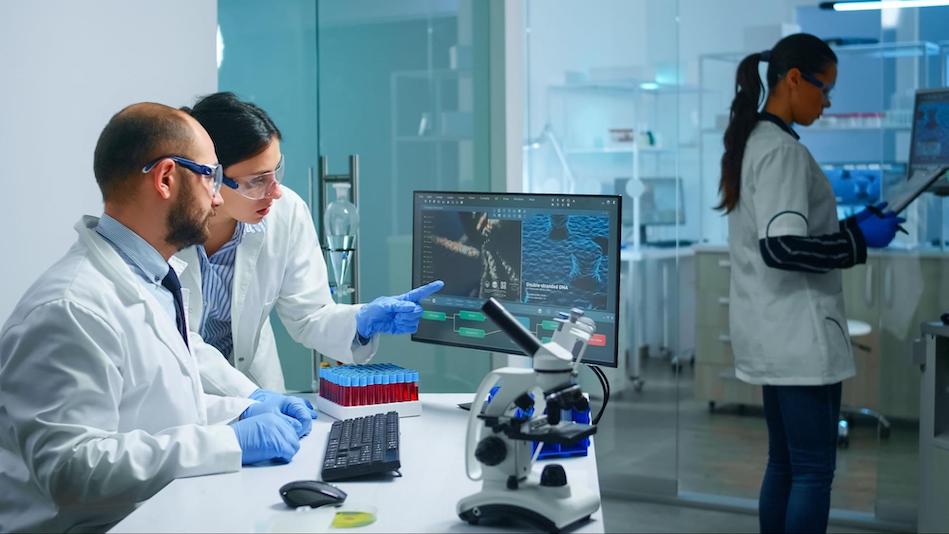What Is a Digital Slide Scanner (And Why Is It Important)?
In an ever-evolving landscape of medical technology, digital slide scanners have emerged in recent years and are continuing to progress rapidly as invaluable tools in the field of pathology. These devices are revolutionizing traditional methods of specimen analysis. Scanners specifically designed for the meticulous examination of tissue samples bring a multitude of advantages that significantly enhance and speed up the diagnostic process and contribute to advancements in pathology.

Digital slide scanners are a great way to bridge geographical gaps in pathology, enabling remote collaboration and consultation among clinics and pathologists. Specialists can now review and discuss cases from different corners of the globe all at once, allowing a more collective approach to diagnosis than ever before. This not only facilitates the exchange of expertise but also allows for timely second opinions on complex or rare cases, ultimately improving the accuracy of diagnoses.
One of the more transformative aspects of these scanners to digital pathology is the electronic storage of high-resolution images. This not only saves physical space by eliminating the need for vast slide archives, but also revolutionizes the way pathologists retrieve and manage cases. Digital archives facilitate efficient search and retrieval of specific cases, streamlining the diagnostic process and contributing to overall laboratory efficiency and turnaround times.
A digital slide scanner extends its impact beyond diagnosis and plays a crucial role in education and training. Pathology students and professionals can access a wealth of digital slides for learning purposes, transcending geographical boundaries. The standardization of educational materials ensures that learners have consistent, high-quality resources for training and skill development.
The integration of such computer-assisted tools (AI) in digital pathology also opens new avenues for quantitative analysis. Algorithms can assist pathologists in looking objectively at various features within pathology slides, fostering more accurate assessments that can be reproduced. This not only enhances diagnostic capabilities but additionally fuels research endeavors, providing a wealth of data for investigating disease patterns and potential biomarkers.
Digital slide scanners seamlessly integrate with laboratory information systems (LIS), streamlining workflows in clinics and pathology laboratories. By linking digital slides to patient data, these systems reduce manual data entry, minimize errors, and ensure that diagnostic information is efficiently incorporated into the patient's medical record.
One of the most important aspects of digital pathology is that it addresses long-standing challenges in specimen preservation. Digital slides can be archived for long-term storage without degradation, preserving valuable pathology specimens for future reference. Moreover, the ease of creating identical copies of digital slides facilitates collaborative research initiatives, fostering the sharing of pathology data for scientific advancements.
The digital slide scanner stands as a testament to the transformative power of technology in the medical field. By enhancing collaboration, efficiency, education, and research capabilities in pathology, these scanners contribute to improved patient care, diagnostic accuracy, and the continual evolution of medical knowledge. As the digital era unfolds, the role of digital slide scanners in pathology is set to become even more pivotal in shaping the future of diagnostic medicine.
